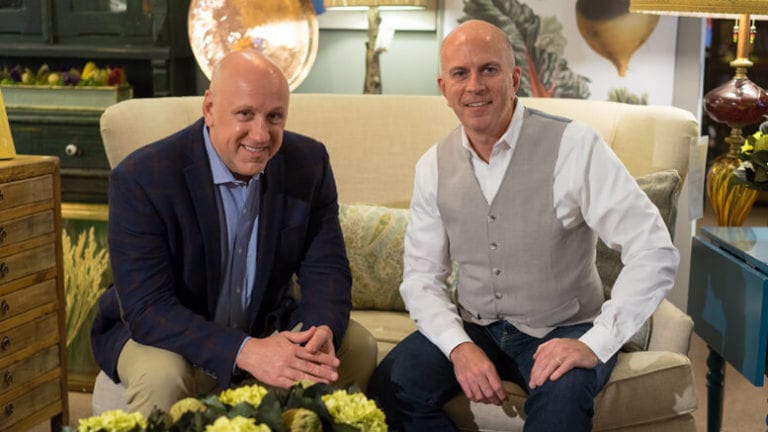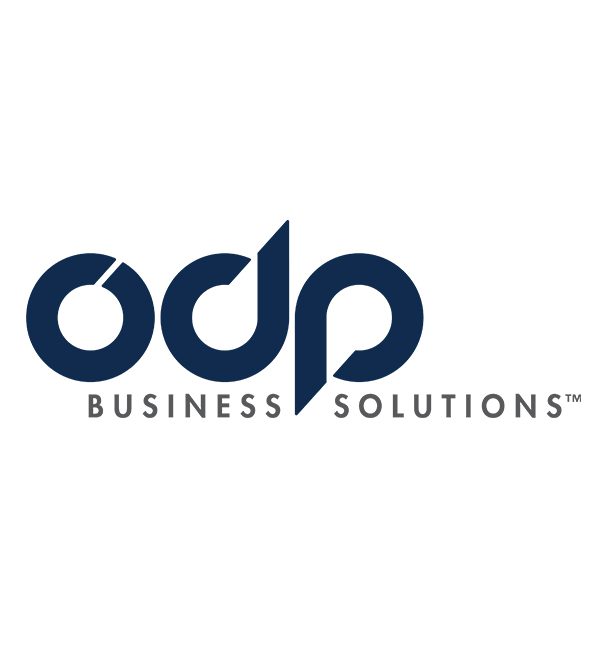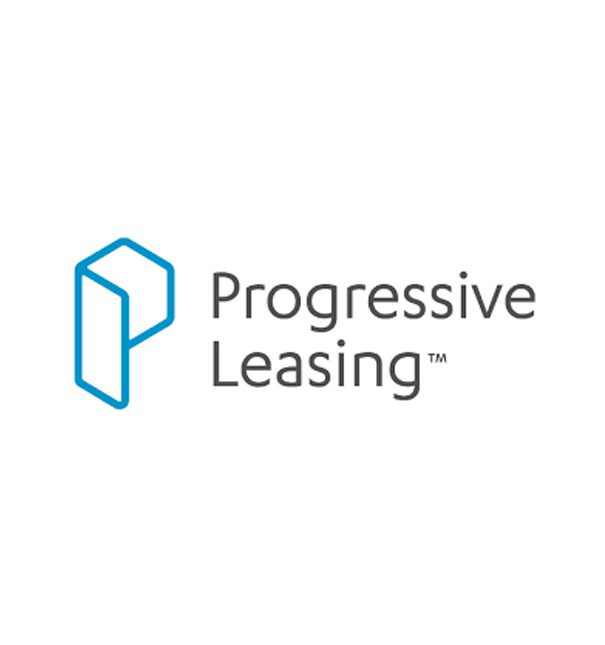If only the sofas, chairs and casegoods you sell could be packaged and shipped like other products you buy—safe and snug in packaging that protects it from the bumps, grinds and sharp objects of the world. Unfortunately, the packaging for furniture doesn’t always rival the luxurious protection of a smartphone, video game or bottle of perfume. Retailers know all too well damage can happen when the furniture is in transit to the retailer from the manufacturer or during delivery to the customer’s home, leaving it susceptible to chargebacks.
Regardless of where or how damage happens, less-than-perfect items result in a great deal of added expense for retailers. To combat the former, retailers have to carefully inspect items as they arrive from the manufacturer to ensure nothing is missing, there aren’t any rough edges or that something hasn’t been scratched, dented or ripped. If an item is delivered to the customer and is not in pristine condition, the customer can reject the piece, costing time, money and goodwill for the retailer.
The solution for many retailers? Chargebacks. After the retailer fixes the issue on their warehouse floor, they then ask the manufacturer to reimburse some of the expense of the labor used in the repair. Retailers handle chargebacks in a variety of ways; some have processes to recoup the losses, others say it’s not worth the hassle. What do you think?
What do you think of chargebacks?
HFA member Jessica Tubman, director of business development for Circle Furniture in Acton, Mass., regards chargebacks as an important process of her store’s daily operation. “It ensures that the manufacturer shares in the responsibility of providing customers with the correct piece and that all orders are in new condition—free of defects,” she explains.
Tubman isn’t alone. Other retailers agree chargebacks are a fair and normal source of revenue—the cost of doing business in the world of furniture. “Every business has expenses and chargebacks are a part of doing business,” says HFA member Dianne Ray, president and owner of Garden City Furniture in Murrells Inlet, S.C. She thinks it’s important, however, for the chargeback rate to be agreed upon before entering into business with a manufacturer. She says, “Time, mileage, labor and parts are the items that should be a part of chargebacks.”
However, not everyone is a fan. HFA member Hilmar Starcke, owner of Starcke Furniture in Seguin, Texas, says a small furniture retailer like himself doesn’t have the leverage with manufacturers that larger retailers do.
“We only ask for chargebacks in the most egregious circumstances,” he says. “We feel as if we were to pound our suppliers with requests, we’d disturb the relationships we now have. Simply put, if we think we’re experiencing frequent problems that chargebacks would remedy, we just change suppliers.”
Robert Heathcoe, director of operations for HFA member Contemporary Living in Palm Beach Gardens, Fla., echoes Starcke’s frustration with the chargeback process, calling it tedious and frustrating. “As a retailer, we put out the money for satisfying the client with the hope that the vendor reimburses those costs. The chargeback system is not the same for each vendor and that makes it difficult when the rules are continuously changing.”
Indeed, every manufacturer has its own policies for chargebacks, and those policies might vary from client to client, says Larry Furiani, vice president, dealer relations, of Coaster Company of America.
Furiani says that if an item that leaves Coaster arrives at the retailer’s store damaged they’ll work with the retailer to resolve the issue.
Furiani says most manufacturers want to work with retailers to resolve chargebacks because they don’t want to deal with the expense of return shipping. At the same time, he says, Coaster is a business, too. “We need to make sure that we’re working with retailers who understand our side of things and aren’t going to abuse the process. I don’t think many retailers are running their businesses like this, but they’re out there.”
He says Coaster reviews a retailer’s business with Coaster before determining how to proceed. “We want to know what percentage of this customer’s business is done in returns and, if applicable, why is this customer higher than others?”
How do you approach chargebacks?
Many retailers create predefined agreements regarding chargebacks. In the absence of a detailed contract, chargebacks are handled on a case-by-case basis.
Ray prefers to do business with manufacturers who offer a clear and upfront policy, but finds this practice is becoming less common. She would rather chargebacks be determined as a dollar amount rather than as a percentage. “Percentage is a variable, and I do not like that direction. It should be a dollar amount for chargebacks,” she says.
She cites one manufacturer she does business with that offers 1 percent for chargebacks through an agreement with her buying group. “This does not even cover the cost to field the phone call about a chargeback,” Ray explains. “It’s very unfair to the retailer.”
Tubman stresses that the chargeback needs to encompass much more than simply the cost of the piece. “When there is an issue, there is a customer expectation cost, a labor cost if there is a repair, transportation costs and the labor cost just to sort out the issue,” she says. “Therefore, retailers really need to be asking for a higher percent so that manufactures share in the cost burden of errors/defects. This would also help to ensure problems are resolved in a way that prevents the same issues from reoccurring.”
Heathcoe doesn’t have a specific chargeback policy in place. When an issue arises, he contacts the manufacturer and follows their lead. “We do our best to ensure the client is taken care of regardless of how the manufacturer responds,” he says. He also believes that instead of a percentage, chargebacks should be based on the actual cost incurred in any servicing issues.
Discovering the potential of chargebacks
John McCloskey, owner of Profitability Consulting Group, is an advocate for retailers using chargebacks. An expert in warehouse operations, management information systems and inventory control processes, McCloskey sees it as his mission to improve and automate his clients’ businesses so each is operating as smoothly and economically as possible. Part of these efforts include explaining chargebacks to ensure that both sides are being treated fairly in the process.
McCloskey estimates about 20 to 30 percent of retailers go back to the manufacturers seeking chargebacks, but that those who are using the system aren’t doing it as well as they could be.
“It’s time consuming for the average retailer. They have to take pictures, upload and identify them, find an invoice or acknowledgement number, type up what was wrong and send all that in an email to the rep or customer service person at the factory,” he says. In McCloskey’s experience, many retailers look at the process and say it’s a lot of effort, which isn’t very profitable in the end for them and give up.
He says retailers should invest in any one of the many software programs on the market that manage chargebacks and streamline what can be a time-consuming process. “Some retailers think (chargebacks) just aren’t worth the hassle given the time involved,” he says. “There are programs out there that make it much easier on the retailer to manage chargebacks.”
Only adding to the tangled chargeback issue is that the system is ripe for abuse. “Some people take advantage of chargebacks and get the factory to pay for things that were not their fault,” McCloskey says. He tells retailers they should be seeking 1 to 2 percent of the factory cost back for chargebacks and that the keys to successfully managing chargebacks is to be honest, fair, firm and smart.
Jonathan Schulman has dealt with chargebacks from two positions, first as a retailer and now as a rep for the International Home Furnishings Representatives Association. He said it’s not uncommon for some retailers to ignore chargebacks because, they think, it’s not worth the hassle. Schulman said he worked with one retailer years ago who closed down, in part, because he ignored making claims on chargebacks until it was too late.
“They get caught up with running the store or, worse, they turn over (chargebacks) to someone else in the store and if nobody’s watching over them you can fall behind very quickly,” says Schulman. “A damaged dresser here and another one there and it starts to add up.”
Schulman says that’s where your rep can help out. “A lot of times when you’re working with a large vendor it’s kind of like dealing with Amazon. You don’t really have anyone to talk to. The rep can help. The rep doesn’t mind locking horns and getting dirty. Our allegiance is to the retailer.”
HFA member Ed Menapace of The Farmhouse Store in Westfield, N.J., confesses he never thought about chargebacks the first 11 years he was in business. “We did none, zero,” he says. “I never really thought about it. If there was a problem I took it up with shipping or tried to have it fixed ourselves or, worse, just ate the expense.”
That changed earlier this summer when Menapace listened to McCloskey speak at the Home Furnishings Association’s Networking Conference in San Antonio. As soon as he got back from conference, Menapace took his customer service manager aside and told her the store would be filing claims if a shipment was damaged. Menapace offered his manager a modest commission on all successful chargebacks. The impact was immediate.
“She’s on fire,” says Menapace. “She can’t wait to put a (successful chargeback) on my desk. I had no idea this was a source of income, or at least a way to recoup some losses.”
Menapace says he’s been aggressive in his claims with his suppliers, but never greedy. “I want us to manage within the system, and not outside it,” he says. “I’m sure there are others who game the system, but I don’t care about them. I want to sleep at night.”
Are there other options?
As a top 100 retailer Jake Jabs, CEO of American Furniture Warehouse, Englewood, Colo., may have more room to negotiate chargebacks, but he has a different philosophy on the system. He doesn’t seek any chargebacks. Ever.
Instead, Jabs uses his buying power and his pledge not to seek chargebacks as a negotiating tool for the lowest price available. In April, Jabs and other AFW buyers wore buttons advertising his philosophy. “We normally negotiate with the factory, saying we won’t do chargebacks, debit memos, returns or cancellations of your orders, and they give us a better price. Factories love it,” he says.
As a former furniture manufacturer, Jabs sees the process of chargebacks as a waste of time, productivity and money for both parties. Of course, American Furniture Warehouse has the resources to fix damaged merchandise. His stores have a full-time staff dedicated to restoring merchandise to new or better than new, so they don’t need to send anything back. He feels it’s rare today for something to actually be defective. “Today factories build good products. The chargeback has probably been damaged by the dealer in the store, when they unpackaged it. That was my experience when I had my factory. We’re responsible for our own actions, and we shouldn’t blame factories for that.”
Chargeback Tips
Industry consultant John McCloskey says furniture retailers should seek 1 to 2 percent of factory costs in chargebacks. Here are his suggestions for implementing a chargeback system.
- Be fair Don’t blame a vendor for a problem they didn’t cause. If it was damaged by your staff or a freight company, don’t expect the vendor to pick up the tab—unless, of course, it was poorly packaged.
- Be firm You bought new product with the expectation it would arrive customer ready. If it shows up anything less, it’s your problem to correct and your right to be reimbursed.
- Be smart The easier the process, the more success you’ll have. Using a software program designed to make the process easier will reduce your efforts and increase the reimbursements you’re entitled.











